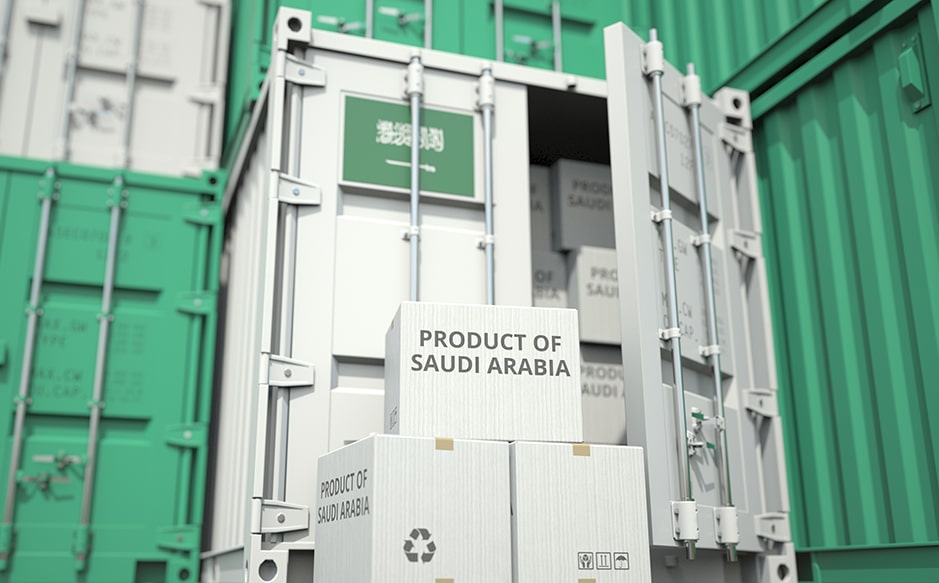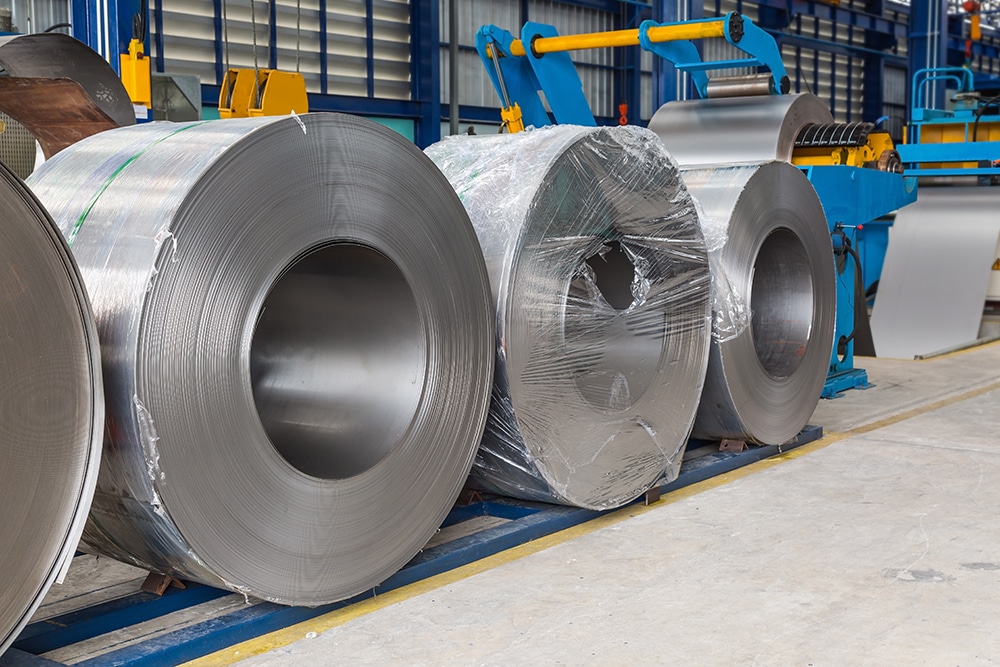According to the World Steel Association, global crude steel production in 2024 declined by about 1% year-on-year. With the data released, organizations now want to determine where steel prices might go for the rest of 2025.
On January 24, the Brussels-based association stated that total volumes for the year were just over 1.88 billion metric tons against almost 1.9 billion metric tons in 2023. Those figures account for the 71 nations that report to Worldsteel.
Asia and Oceania
China, the world’s largest steel producer, poured 1 billion metric tons of crude in 2024, a 1.7% drop from 1.02 billion poured in 2023. Meanwhile, production in all of Asia and Oceania declined 1% year on year to 1.36 billion metric tons from 1.37 billion metric tons.
Japan saw its crude production decline 3.4% to 84 million metric tons from 87 million metric tons, while South Korea’s crude production was down 4.7% from 66.7 million metric tons to 63.5 million metric tons. India, by comparison, reported a 6.3% rise in its crude steel production to almost 150 million metric tons from 141 million metric tons.

Vietnam, a major exporter of hot rolled coil to Europe, saw a 14.9% rise to 22.1 million metric tons from 19.2 million metric tons. However, it was Malaysia that had the largest jump in percentages, with a 16.9% increase to 8.8 million metric tons from 7.5 million metric tons. Crude steel production in neighboring Indonesia was largely static, with an estimated 17 million metric tons poured in 2024 compared with 16.8 million metric tons in 2023.
Receive indispensable updates on steel prices and market shifts, empowering your company to make informed purchasing decisions. Opt into MetalMiner’s free weekly newsletter
Steel Prices: European Union
The European Union, which Worldsteel lists as the second-largest steelmaking category, poured nearly 130 million metric tons in 2024, reflecting a 2.6% rise from just over 126 million metric tons the previous year. Germany, the largest steelmaker in the 27-member bloc, saw its crude steel rise to 37.2 million metric tons, up 5.2% from 35.4 million metric tons.
Meanwhile, France’s crude steel production totaled 10.8 million metric tons, a 7.6% hike from 10 million metric tons. However, Italy’s steel production declined by a total of 5% to 20 million metric tons from 21.1 million metric tons. Netherlands saw the largest increase in poured crude steel tonnages in the EU, with a 36% hike from 4.7 million metric tons to 6.4 million metric tons.

Belgium came in second place with a double-digit increase to 7.1 million metric tons. Worldsteel noted that volume represented a 21.1% increase on the year from 5.9 million metric tons.
In Poland, Central Europe’s largest economy, crude steel production totaled an estimated 7.1 million metric tons in 2024, up 10.1% from the 6.4 million metric tons poured in 2023. Also in Central Europe, Slovakia’s crude steel production fell 11.7% to 3.9 million metric tons from 4.4 million metric tons.
Elsewhere in Europe and Asia
Outside the EU, in Worldsteel’s “Europe, Other” category, crude steel production rose 3.4% to 43.2 million metric tons from about 41.8 million metric tons in 2023. The category includes North Macedonia, Norway, Serbia and Türkiye as well as the United Kingdom. Türkiye held the lion’s share for the category, having poured 36.9 million metric tons, a 94% increase from 33.7 million metric tons poured the year before.
Meanwhile, crude production in the UK saw a 29% decline to 4 million metric tons from 5.6 million metric tons. This came as Tata Steel pulled down its two operating blast furnaces in accordance with announced in late 2023. The company’s goal is to replace steelmaking from the BF/BOF route with electric arc technology under a £1.25 billion ($1.55 billion) scheme.

The category reserved for Russia & other CIS + Ukraine poured a total of 84.8 million metric tons of crude steel, a decrease of 4.2% from 88.5 million metric tons. Ultimately, total estimated crude production from Russian mills was down 7% to 70.7 million metric tons from 76 million metric tons, while Ukraine’s production was up 21.6% to 7.6 million metric tons from 6.2 million metric tons. Finally, Kazakhstan poured 4.2 million metric tons of crude steel, reflecting a 6.5% rise from 3.9 million metric tons.
Want monthly trends for 10 different metal industries including steel prices? Sign up for MetalMiner’s free monthly MMI report.
The Middle East and Africa
As a whole, the Middle East saw steel production volumes remain static at 54.1 million metric tons, reflecting an increase of less than 1% on the year. Of the region’s total, Iran poured 30.7 million metric tons. However, that figure was also static year on year, reflecting a rise of less than 1%.
Saudi Arabia, the largest steelmaker in the Gulf region, saw a 3.4% decline in its production to 9.6 million metric tons from 9.9 million metric tons. Crude production in the United Arab Emirates also declined to 3.7 million metric tons, a 1.4% drop from 3.8 million metric tons.

Crude production in Africa was also stable year on year at 22.3 million metric tons. Worldsteel’s “Africa” category includes Algeria, Libya, Morocco, Tunisia, Egypt and South Africa, though the latter two are the continent’s main producers. For instance, Egypt’s crude production totaled 10.7 million metric tons, reflecting a 3.6% rise, while South Africa’s production was down 4.8% to 4.7 million metric tons from 5 million metric tons.
Steel prices can change quickly. If you’re on the hook for communicating the company’s steel performance to the executive team, you need to see what should be in that report.
North and South America
In North America, the third-largest steelmaking region, Worldsteel noted that crude production was down 4.2% to almost 106 million metric tons from 110 million metric tons. For instance, the United States poured 81.4 million metric tons of crude steel, down 2.4% from 79.5 million metric tons, while Canada’s output remained practically unchanged at 12.2 million metric tons.

Mexico was the largest single contributor to the decline out of the three major producers in the North American category, with a 16.5% decrease to 13.7 million metric tons from 16.4 million metric tons the previous year.
South America’s crude production was also stable year on year at about 41.9 million metric tons. Brazil poured 32 million metric tons, reflecting a 5.3% rise to 33.7 million metric tons from 32 million metric tons. Meanwhile, Argentina saw a 21.6% decline in its crude production to 3.9 million metric tons, which could impact global steel prices.
Worried about fluctuating steel prices? Generate hard savings on your year-round with MetalMiner’s Monthly Outlook. Start with a free sample copy.



